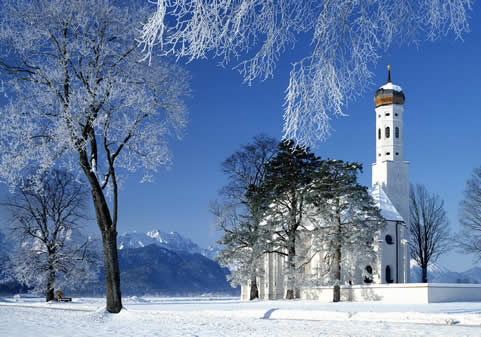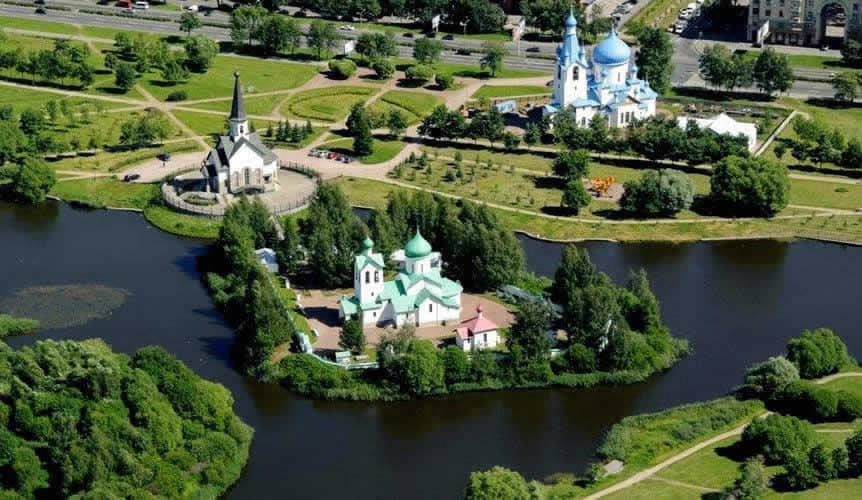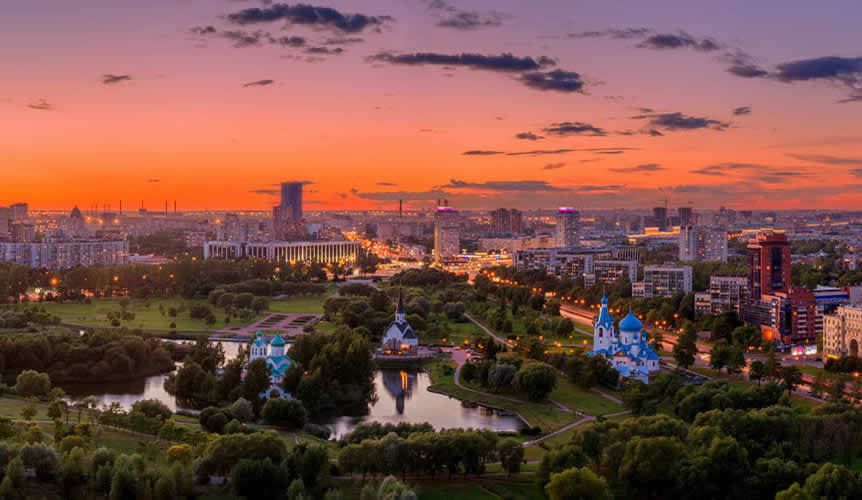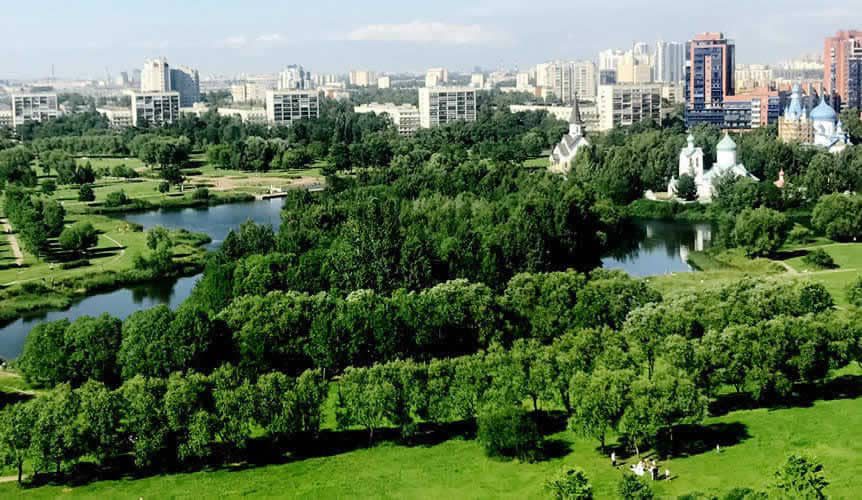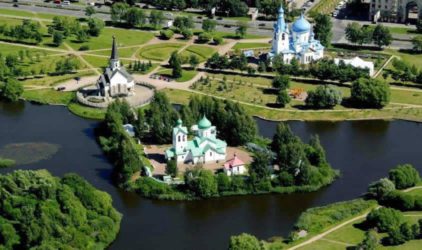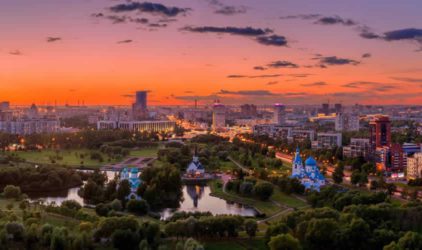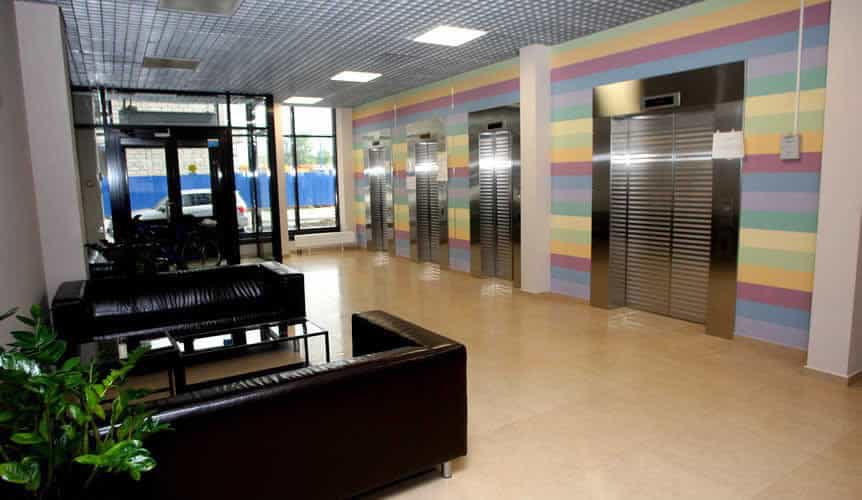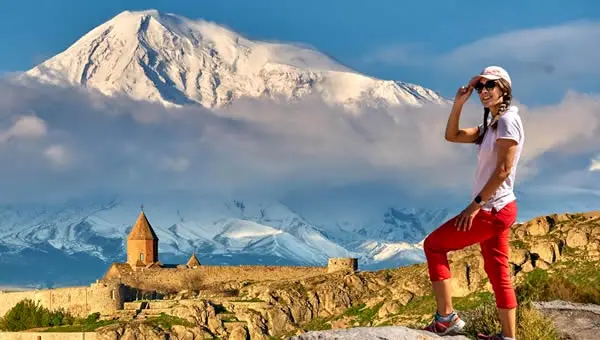Russian Federation territorial division
The Russian Federation includes 85 subjects, which are 22 republics, 9 krais, 46 regions, 4 autonomous okrugs and 1 autonomous region. The territory of the Russian Federation is divided into 7 federal districts, which are Central, North-Western, Volga, Southern, Ural, Siberian and Far Eastern. The republics, autonomous okrugs and the autonomous regions are formed on the basis of nationality (e.g. the Tatars, some Caucasian and Finno-Ugric peoples, indigenous peoples of Siberia, etc.). The largest regions are in Siberia (including the Republic of Sakha (Yakutia)). The smallest area among the subjects of the Russian Federation is Sevastopol. The largest subjects of the Federation are Moscow and the Moscow Region.
Big waters of Russia
A significant part of the country’s population lives along river valleys. The total length of Russian rivers exceeds 8 million km (90% of the rivers are less than 100 km long). There are more than 2.5 million rivers in Russia. There are 40 rivers with a length of more than 1000 km in the Asian part of Russia. The largest deltas are located near the rivers Lena and Volga. On the banks of the Volga there are four of the thirteen largest cities in Russia, which are Nizhny Novgorod, Kazan, Samara and Volgograd. The rivers of the European part of Russia are of great transport importance.
The most extensive of the Russian river basin is the Arctic (the Arctic Ocean basin), which lies mainly in Siberia, but at the same time the northern part of Russia (up to 3650 km) with the Irtysh (5410 km), the Yenisei (4.090 km) and the Lena (4.400 km). The remaining part of Siberia (about 4.7 million km²) is the Ocean Basin, the main of which is the Amur (length of 2820 km). On the territory of Russia there are more than two million lakes with a total area of more than 350 thousand km2. Total reserves of lake waters reach 26 thousand km ².
Most of the lakes are of glacial origin. The largest lakes in the European part of Russia are the Ladoga and Onega (area of 17.680 and 9720 km², respectively); Chudsko-Pskov Lake on the border with Estonia (3.550 km²); Ilmen (about 1000 km²), as well as Topozero, Vygozero and others in Karelia. The largest lake in Siberia and Russia is Baikal, it is the deepest in the world, Baikal contains 85% of fresh water in the lake and 22% of the world’s fresh water. The length of the lake is 636 km, the average width is 48 km and the total area is 31.7 thousand km². Swamps occupy the territory of Russia, about 2 million square kilometers; in Western Siberia swamps cover up to 50% of the territory. Total in Russia there are about 4 thousand water storage reservoirs in volume of more than 1 million m³. The Irkutsk water reservoir, which includes Lake Baikal and has a volume of 46.4 km³, is unique in terms of area and volume.
As you can see Russia is huge, it borders on land with 14 countries, its maritime boundaries extend to 40.000 km, and the Russian Federation has 85 subjects by administrative and territorial division. The total length of Russian rivers exceeds 8 million km, there are more than 2.5 million rivers in Russia and more than two million lakes, and Siberian swamps cover up to 50% of the territory, Russia also has the biggest water reservoir, which is Baikal Lake. There are so many things about Russian geography you do not know yet, so stay tuned and we will continue our articles!


